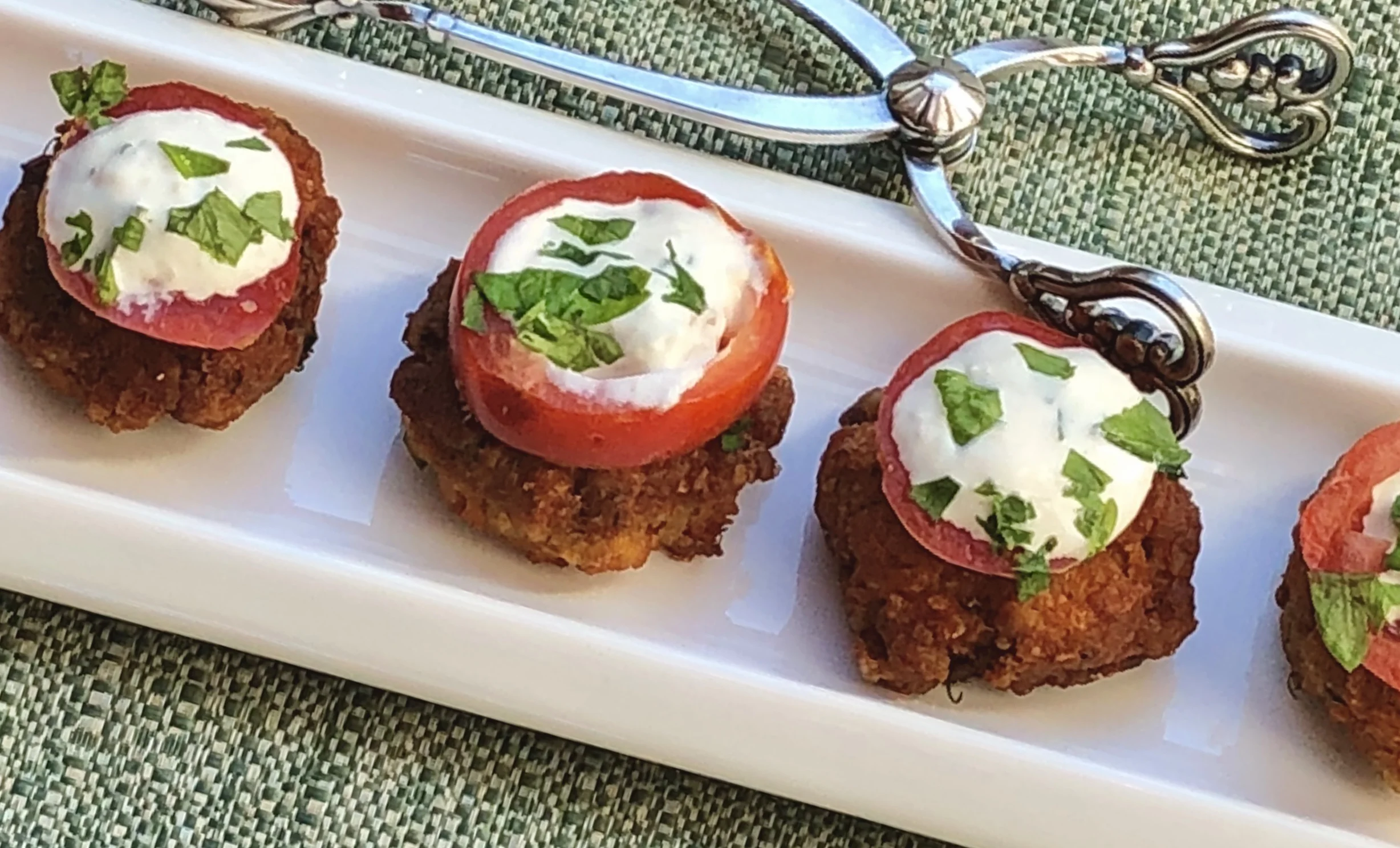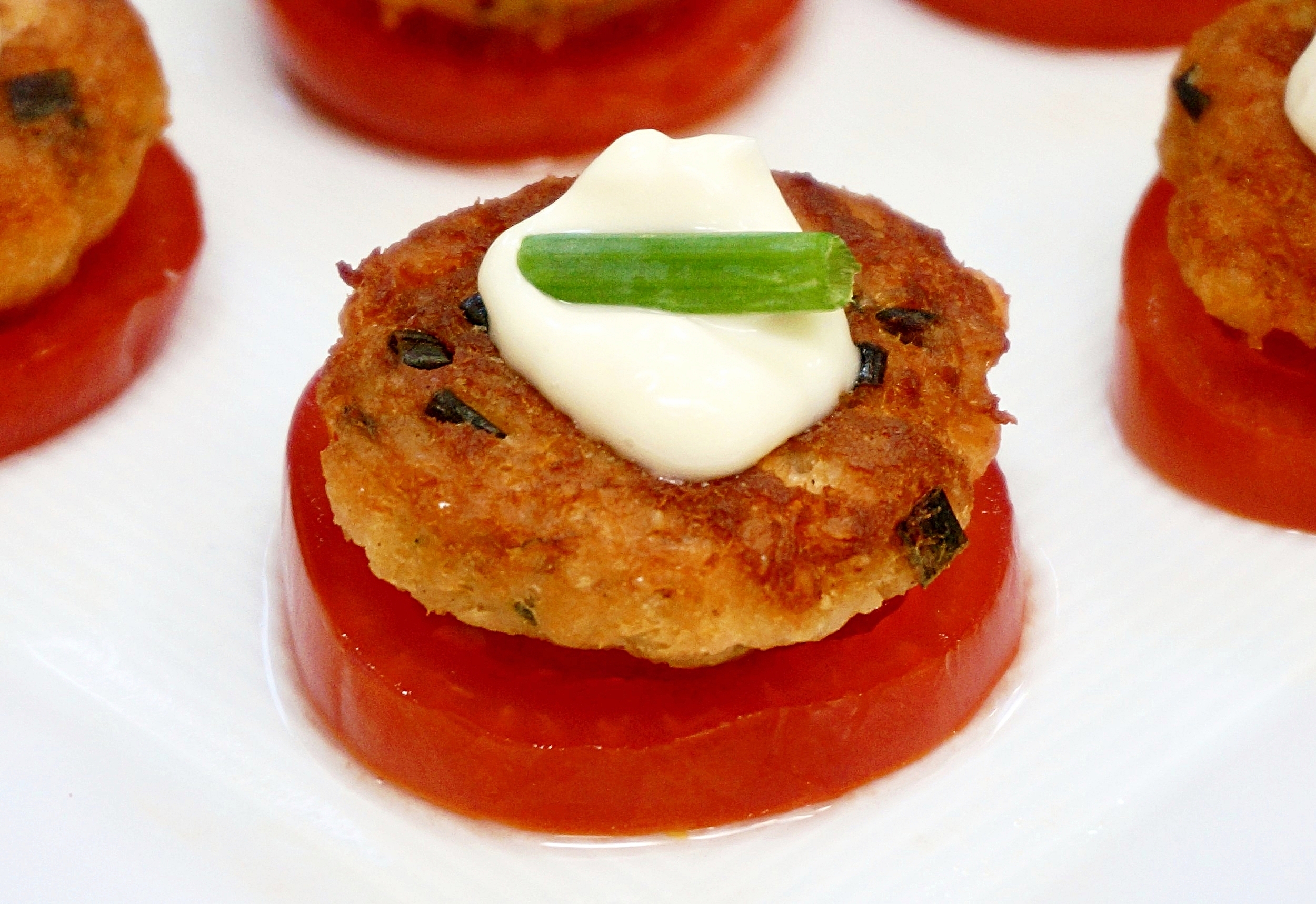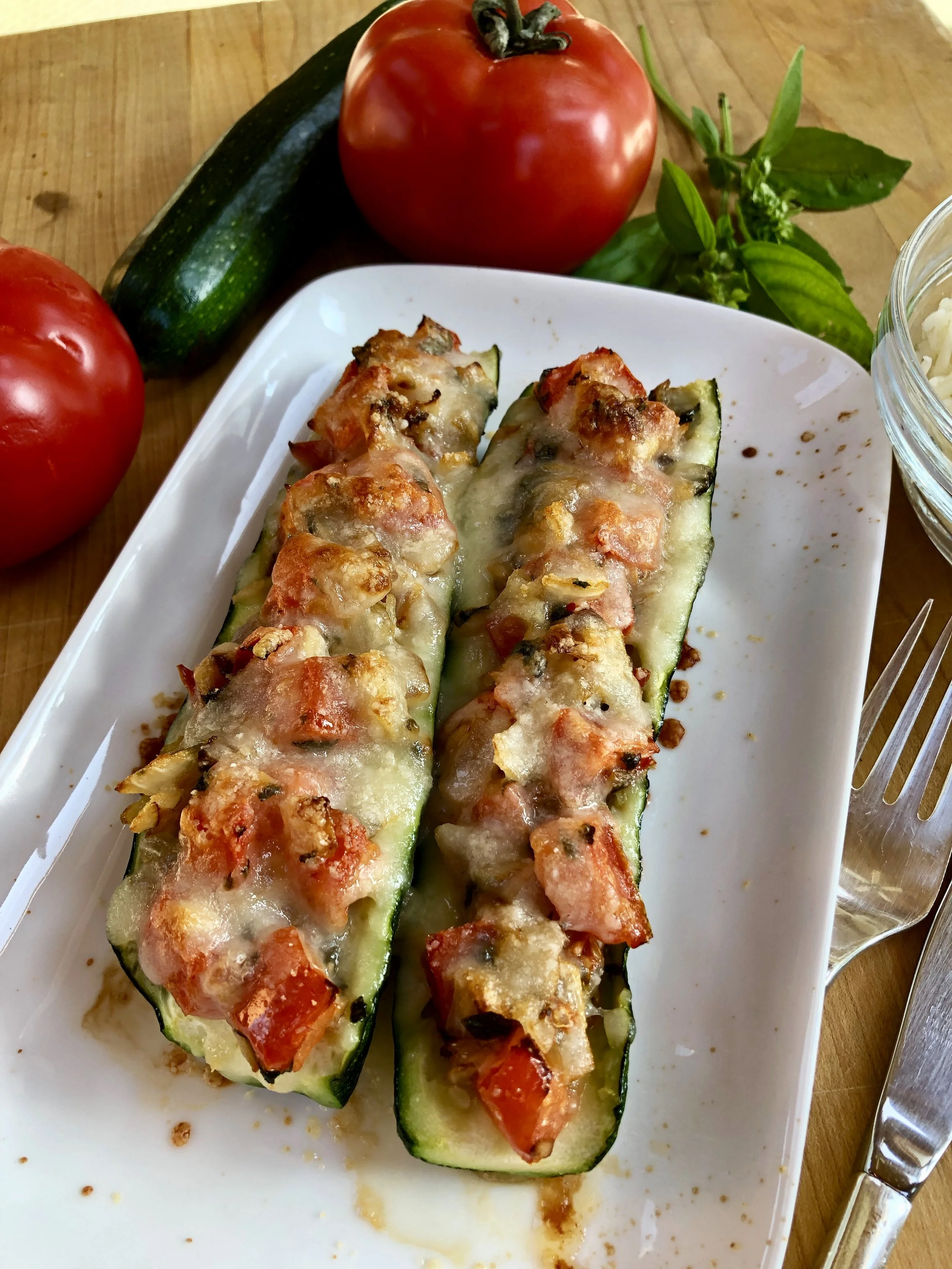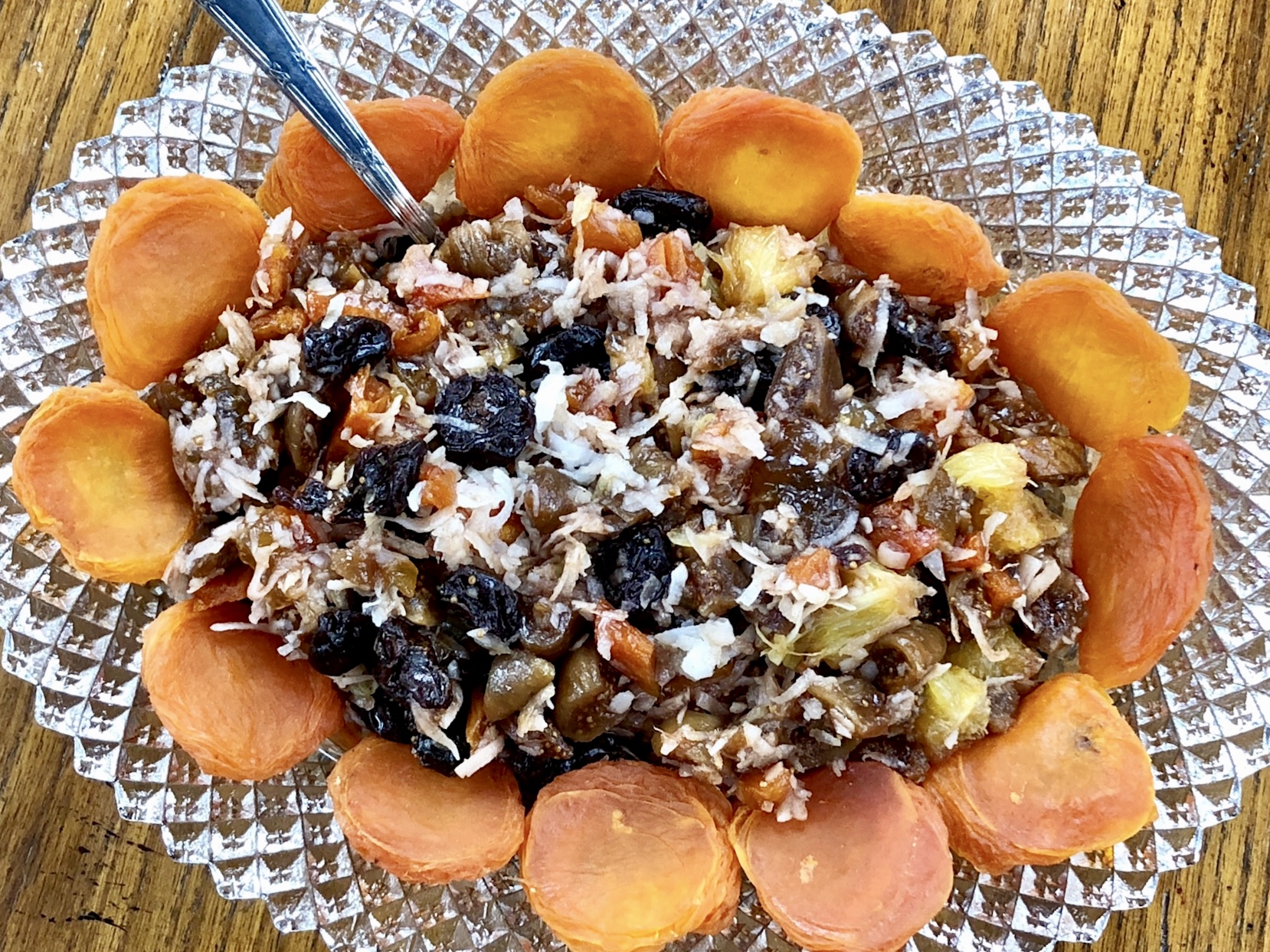Potato latkes for Hanukkah? Of course!
But homemade potato chips also satisfy the holiday requirement of crispy potato.
And SO MUCH EASIER! And HEALTHIER. Because the chips in my recipe are baked, not fried (you could fry them if you wish though). They are so crispy they crunch as if they were fried.
And of course a homemade potato chip topped with smoked salmon tartare is perfect for my New Year’s celebration.
If you’ve never tasted homemade potato chips you have missed something spectacular in life. Do try this soon, with or without the salmon. You could serve them plain or with sour cream or applesauce, just like latkes. If you want to get fancy, make a dip by mixing some chopped fresh herbs into creme fraiche or mascarpone cheese.
Potato Chips with Smoked Salmon Tartare
One large Russet baking potato
Vegetable oil
salt
1/4 pound smoked salmon pieces
2 tablespoons finely chopped red onion
1-2 tablespoons chopped fresh dill
a few drops of olive oil
few drops of lemon juice
cream cheese, dairy sour cream, crème fraiche or mascarpone cheese, optional
Preheat the oven to 425 degrees. Peel the potato and slice 1/8-inch thick slices. Wipe the slices with paper towels. Brush the slices on both sides with vegetable oil. Sprinkle lightly with salt. Place on a cookie sheet and bake for 9 minutes. Turn the slices over and bake for another 8-9 minutes or until golden brown. Remove from the oven and set aside. Chop the smoked salmon. Add the red onion and dill and mix thoroughly. Sprinkle in a few drops of olive oil and lemon juice and mix. For a dairy hors d'oeuvre, spread the chips with cream cheese, sour cream, crème fraiche or mascarpone cheese. Top with some of the salmon mixture. For a parve hors d'oeuvre, place the salmon mixture directly on the potato chips
Makes 16-24










